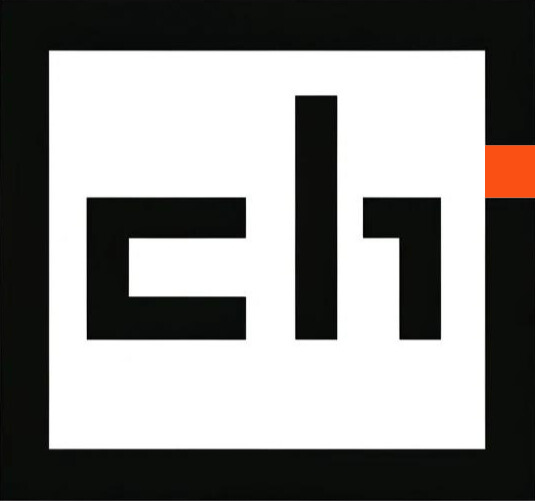We already know that computers can recognize human faces, and apparently decipher secret codes left on bird eggs, but researchers at the University of Oxford have now developed software that can diagnose rare genetic diseases just from glancing at a portrait. It all started with over 1,300 photos of people who are known to have one of eight different genetic disorders including Down’s syndrome, Angelman syndrome, and Progeria. The software analyzed the photos and made observations about various facial features for comparison. With a total of 36 data points from each photo, the system quickly learned the effect each disorder had on a person’s appearance. When the software is fed a new photo of a person who may or may not have a genetic disorder, it scans their features and then ranks the potential diagnoses based on the likelihood that the individual pictured has it. The first tests were promising, with the system correctly predicting the specific genetic defect in 93 percent of individuals.
Doctors faced with the tricky task of spotting rare genetic diseases in children may soon be asking parents to email their family photos. A computer program can now learn to identify rare conditions by analysing a face from an ordinary digital photograph. It should even be able to identify unknown genetic disorders if groups of photos in its database share specific facial features. Rare genetic disorders are thought to affect 6 per cent of people. Genetic tests exist for the more common conditions such as Down’s syndrome, but many people with the rarer disorders never get a proper clinical diagnosis. Genetic tests aren’t available for many conditions because the gene variants that cause them haven’t been identified. This means doctors often have to rely on the pronounced facial features that occur in between 30 and 40 per cent of rare disorders to make a diagnosis, but few people are trained to recognise them. “Clinicians skilled in the use of facial features to support diagnosis are few and far between,” says Alastair Kent, director of the charity Genetic Alliance UK. “As a result, families frequently experience long delays – years rather than months – before they receive a diagnosis for their child.” The software developed by Christoffer Nellåker and Andrew Zisserman of the University of Oxford and their colleagues should help family doctors or general paediatricians make a preliminary diagnosis. “The idea is to offer it to health systems right across the world because all you need is a computer and a digital photo,” says Nellåker.
